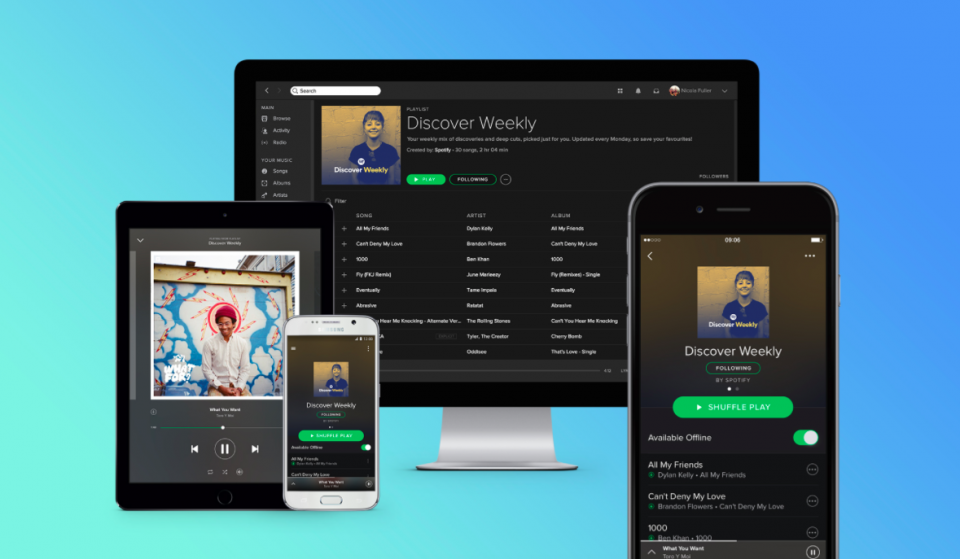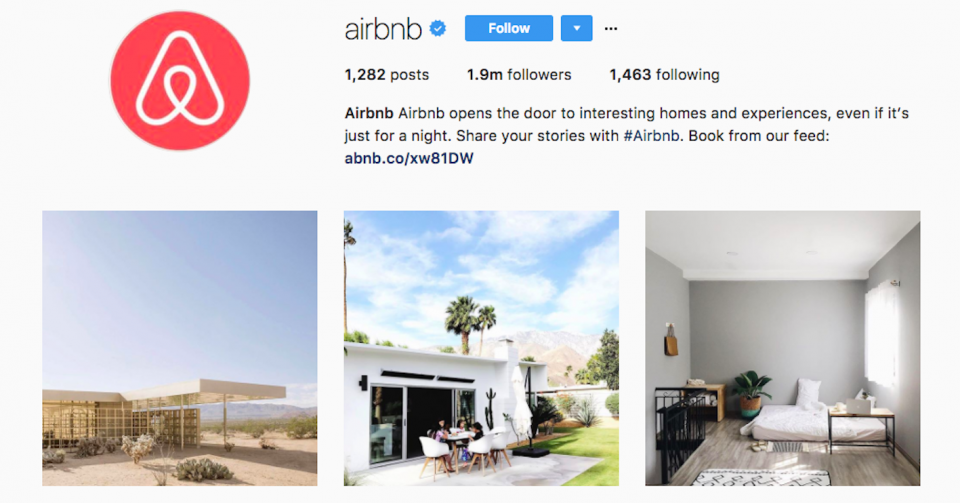With an average of one billion monthly users, Instagram has become one of the most popular social media platforms since it exploded onto the scene in 2010. Understandably, as Instagram’s visual content tends to drive higher engagement than any other social media network, brands have also rapidly jumped onto the platform. While it may be easy to establish an account for your business, the real challenge is to build an Instagram presence that stands out from the millions of other brands on the platform.
Here are some steps to keep in mind if you want to create a strong and sustainable following for your brand.
Step 1: Find your aesthetic and stick to it
Instagram is all about the aesthetic. Even before you post your first image, take time to plan how you want your brand to be represented visually as creating a harmonious and unique visual brand experience is key to establishing your online brand identity. Ideally, your artistic vision will align with your brand values as well as resonate with the lifestyles of your target audience.
Additionally, the overall look and feel of the images you post should stay consistent throughout your feed so that it tells a compelling story and makes it easy for people to associate your aesthetic with your brand.
Step 2: Share the right mix of content
One of the top reasons people follow brands on social media is to learn about new products and services. However, others follow to be entertained, educated, inspired and to connect with people similar to themselves. Therefore, it is important that businesses balance the type of content that is published online to cater to these different expectations. So mix it up!
Share a combination of promotional posts (product and company news), conversational posts (contests, giveaways and polls that drive engagement) and sharing posts (industry news and collaborations with influencers, audience, other companies etc) in order to reach the different segments of your audience. By doing this, it will help your brand avoid being overly promotional by ensuring you deliver content that keeps all types of followers coming back for more.
Step 3: Diversify your content with Instagram’s full range of features
Instagram has introduced new tools for users over the past few years, such as Instagram Live, a live-streaming option, and Instagram Stories. By using these features, you can find new ways to communicate your brand story and personality and engage with those who follow you. In fact, these features can often inject fun and authenticity in ways that highly stylized and curated posts on Instagram feed are unable to, helping to deepen the connection with your followers.
Such content can include a behind-the-scenes look at events, a peek into the office culture, or tutorials for your products. Content that customers tag your brand in can also be shared and used as conversation starters. Don’t be afraid to get creative and take advantage of all the features Instagram has to offer.
Step 4: Dive deep into the analytics
An Instagram business profile not only helps separate your account from personal accounts, it also provides your brand access to page analytics. Paying attention to these numbers can help you understand how your account is performing, how you can improve your strategy and grow your following. While it is important to post consistently to hold audience interest, Instagram’s analytics will provide insight into when the most optimal time to post to catch your followers attention is, as well as how frequently you should post to drive the highest possible engagement.
Additionally, with such insights, you’ll learn about the types of posts your audience prefers and if your page is attracting your ideal demographic. If you review the valuable data provided by Instagram regularly, you can make the necessary tweaks to your social media strategy and optimise it for better results.
Step 5: Use #hashtags appropriately
Choosing the right hashtags for your Instagram posts can determine if your content appears as a top post or if it becomes a needle in a haystack. There are two ways to use hashtags – leveraging ones that already exist and creating your own branded hashtags. For the former, you want to incorporate a mix of trending and industry-specific hashtags to connect with your targeted followers.
Make sure you conduct sufficient research for each one by analysing the number of likes on its top-performing posts and if the type of content aligns with yours. But do remember to be wary of using too many hashtags with millions of follows, as your post is likely to get lost in the noise. As for the latter, a branded hashtag should be concise, memorable and include some semblance of your brand name. The number of hashtags you include on a post is also essential. While the allowed maximum is 30, try to avoid spamming hashtags below your caption and risk looking both untargeted and unprofessional.
The above steps are just a few guidelines, but they will help give you a good foundation to begin building a solid brand presence on Instagram. Continue to explore the many other tips and tricks out there and find the ones that work best for you!
Want to build a solid online presence? Talk to us at [email protected]!






